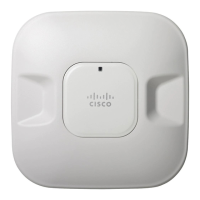
Do you have a question about the Cisco Aironet 1040 Series and is the answer not in the manual?
| Product Type | Wireless Access Point |
|---|---|
| Frequency Bands | 2.4 GHz, 5 GHz |
| Maximum Data Rate | 300 Mbps |
| MIMO Technology | 2x2 MIMO |
| Antenna | Internal |
| Number of Antennas | 2 |
| Wireless Standards | 802.11a/b/g/n |
| Ethernet Ports | 1 x 10/100/1000 |
| Power over Ethernet (PoE) | 802.3af |
| Encryption | WPA, WPA2, WEP |
| Operating Temperature | 0 to 40 °C |
| Storage Temperature | -20 to 70 °C |
| Humidity | 10 to 95% (noncondensing) |
| Model | Cisco Aironet 1040 Series |
Describes the CAPWAP protocol and discovery mechanisms used by the access point to find and join a controller.
Guides users on site survey, location, mounting options, and power options before deploying the access point.
Details the optional pre-installation configuration process, also known as priming the access point, for expected installation and operation.
Explains how to configure security settings like No Security, WEP, EAP, WPA, and WPA2 to prevent unauthorized network access.
Provides key guidelines for using lightweight access points, including communication protocols, Layer 2 limitations, and console port usage.
Explains how DHCP Option 43 can provide controller IP addresses to access points for easier controller discovery.
Describes how to interpret the access point's Status LED indications for various operational states and errors.
Details the FCC compliance statement for the access point, including conditions for operation and interference guidelines.
Provides the VCCI compliance statement for Japan, warning about potential radio interference in domestic environments.
Offers guidelines for avoiding interference when operating Cisco Aironet access points in Japan, provided in Japanese and English.
Outlines the Canadian compliance statement for the Class B digital apparatus, including conditions for operation and interference.
Lists models certified for use in European Community countries, Switzerland, Norway, Iceland, and Liechtenstein.
States the compliance of the equipment with the essential requirements and provisions of the R&TTE Directive 1999/5/EC.
Details RF exposure evaluation for the US, referencing ANSI C 95.1 and FCC OET Bulletin 65C, with a minimum separation distance.
Details RF exposure evaluation for Canada, referencing ANSI C 95.1 and RSS-102, with a minimum separation distance.
Details RF exposure evaluation for the EU, referencing ICNIRP limits and EN 50385, with a minimum separation distance.
Details RF exposure evaluation for Australia, referencing Australian Radiation Protection standard and ICNIRP limits, with a minimum separation distance.
Provides administrative rules for operating Cisco Aironet access points in Taiwan, covering frequency changes, interference, and usage restrictions.
Offers special information for the operation of Cisco Aironet access points in Brazil, including access point models.
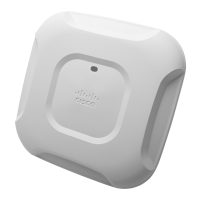
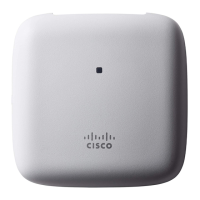

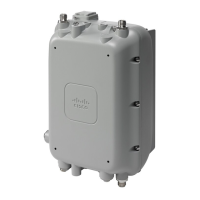


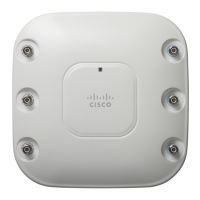

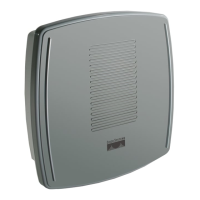
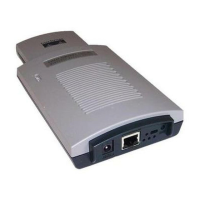
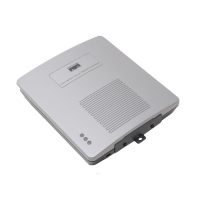
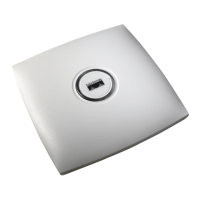
